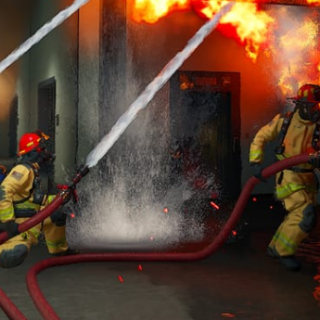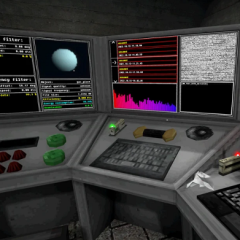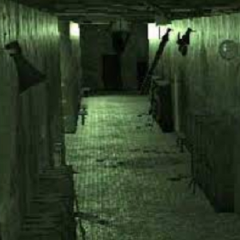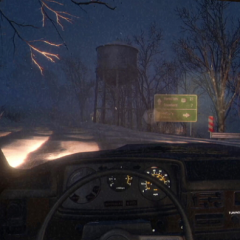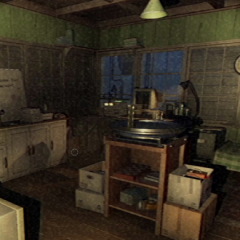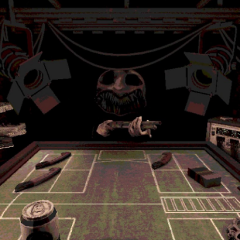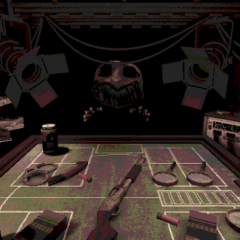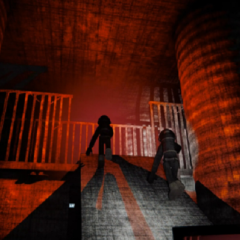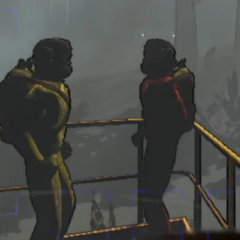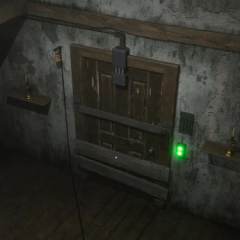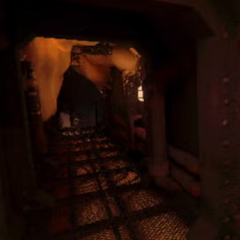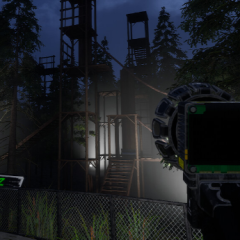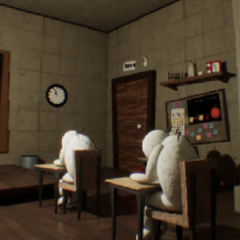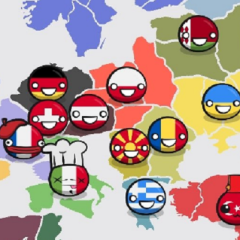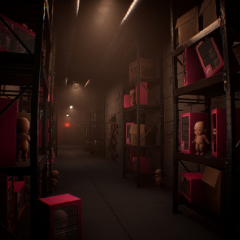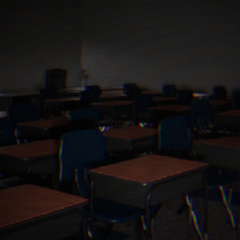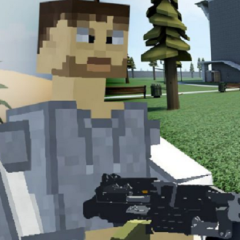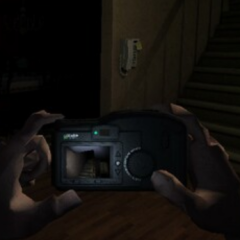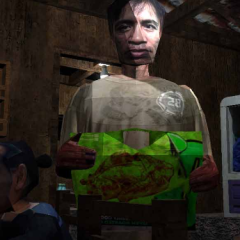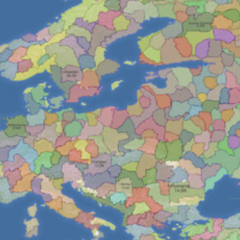Firefighting Simulator Ignite
Firefighting Simulator Ignite is built as a mission-based simulation where the player takes part in firefighting operations. The central objective is to respond to emergencies in urban and industrial locations. The game can be played alone with an AI crew or in cooperative multiplayer with up to four participants. Each mission has clear goals such as extinguishing fire, rescuing civilians, or securing hazardous areas. The fire station functions as a hub where equipment, vehicles, and mission selection are managed.
Tools, Vehicles, and Procedures
The missions require correct use of firefighting equipment. Players operate hoses, extinguishers, axes, saws, and Halligan tools to access blocked areas or stop the spread of fire. Licensed fire trucks are used for transport and water supply, including pumpers and ladder vehicles. Fire behavior follows rules of heat, smoke, and ventilation, so strategy matters in deciding how to enter a building and where to direct suppression efforts. Hazards like collapsing walls or reduced visibility add complexity to tasks.
The major categories of gameplay elements include:
· selection and use of tools for different fire types
· operation of trucks and ladder systems
· ventilation and fire suppression strategy
· civilian rescue and evacuation
· dealing with environmental risks such as smoke and falling debris
These categories combine to form the structure of each mission, requiring planning and adaptability from the player.
Progression and Game Modes
The campaign introduces missions of increasing difficulty. Early tasks may involve small residential fires, while later stages include large industrial sites with multiple hazards. Performance is measured by time, efficiency, and number of civilians saved. Higher ratings unlock new gear and optional content. Training modules at the fire station allow players to practice without the pressure of active missions. Cooperative play adds coordination, as each participant can take on specific responsibilities during emergencies.
Simulation Systems
Firefighting Simulator Ignite models fire growth, smoke spread, and structural integrity in real time. Heat builds up in enclosed spaces, and opening doors or windows can change how flames move. The system requires attention to safety, since uncontrolled ventilation can create backdraft or flashover events. The environment reacts to fire suppression with water damage, falling objects, and weakened structures. This creates a changing scenario where conditions must be constantly reassessed.
Core Focus
The game centers on procedure, teamwork, and situational decisions. Players must balance speed with caution, choosing when to prioritize suppression and when to focus on rescue. The absence of random scoring elements means outcomes depend on applied techniques and coordination. In multiplayer, communication is key, while in single-player, the player must also manage AI actions. Firefighting Simulator Ignite presents firefighting as a series of structured challenges where planning, correct tool use, and cooperation decide success.
